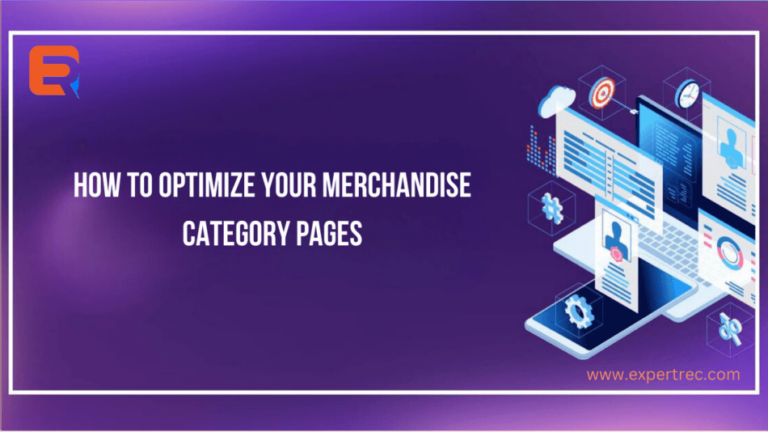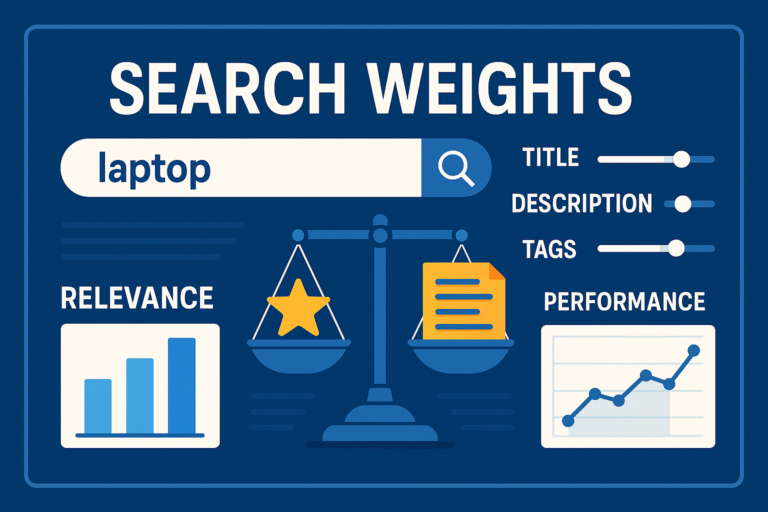Launching an eCommerce store is nowadays easier than it has ever been before. But as a direct outcome, the eCommerce space is more crowded and the competition is more.
Another important point to be looked into is that the volume of online sales increases with each passing year, and the trend is only going to continue. The online malls that will thrive and succeed will offer the finest shopping experience to the visitor. One of the areas for online merchants to work on in general is the category pages that display the different products.
In this article, we discuss different steps to make sure that the category pages of your online shop are up to the mark.
1. Display consistent images
Most of your consumers will use mobile devices to browse through your inventory. Consistent images will bring ease to their endeavour. Keeping the boxes around your images of the same size will work. The images should take up 80-90% of the total area.
2. Leverage user-faceted navigation
Online merchants need to take cognition of the fact that the competition in the e-commerce space is overwhelming. To meet the competition, you should structure your online store such that the end consumer can instantly locate what he seeks to find. The store has to be intuitively designed.
3. Use different shopping criteria for breaking up pages
Since your consumer is not sure about what he is going to buy, taking up the role of a virtual shopping assistant is recommendable. The page of shopping results should be split up using different search criteria.
4. Highlighting special offers
Special offers like free shipping on certain products need to be highlighted. Items on sale should also be highlighted on the product page, with the original price in a different color or crossed. This induces your consumers to buy more and save more.
5. Bring urgency to CTAs
Some ways of going about the same are to display a fast-depleting inventory count or highlight that the sale will run out soon. Your consumers will be delighted to buy products in a limited supply.
6. Icons to denote reviews
The most common among them is star ratings wherein five stars is the highest. A vast majority of your buyers will be positively influenced by the ratings and reviews that you share for your merchandise. Often icon representation of ratings suffices and no written content is required.
7. Adding items to wishlists and carts should be easy
All your consumers may not want to go through the product page to know more about it in further detail. In case they want to purchase the product instantly or add it to their wishlist, this should be easy to accomplish.
8. Add Custom Sales Copy
Adding a custom sales copy will work from an SEO perspective. Even though category pages are the best avenues for sprinkling highly targeted keywords, they cease to be content-rich in many cases. This is to be avoided by adding a custom sales copy.




